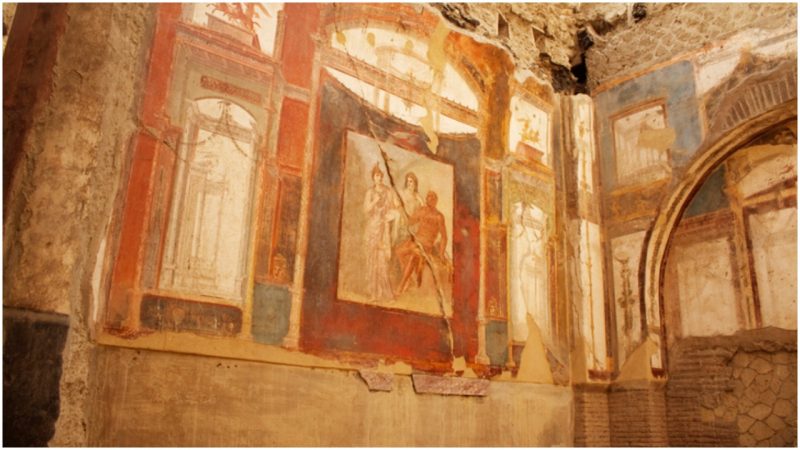A stunning fresco depicting the ancient Greek myth of Narcissus has been uncovered in a surprising new discovery at Pompeii, according to The Guardian. The fresco is thought to have been painted in the years immediately preceding the destruction of the city in the 1st century AD, and offers new insights into elite Roman culture.
The Roman city of Pompeii is a treasure trove for archaeologists and historians of the ancient world. The eruption of Mount Vesuvius in 79 AD may have engulfed Pompeii and wreaked destruction on the local population, but it also left a snapshot of the city frozen in time. For scholars, Pompeii is a casket of perfectly preserved wonders, providing unique insights into life in the 1st century Roman city.
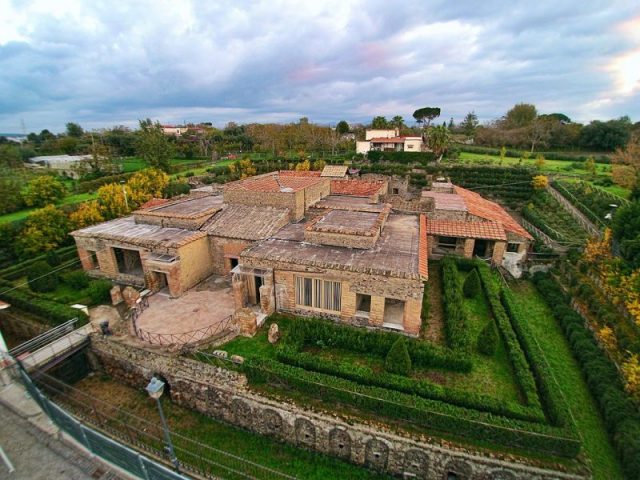
Although archaeologists have been excavating in Pompeii for centuries, new discoveries are still being made at the site. According to The Guardian, the Narcissus fresco was uncovered in the atrium of a house in Pompeii, the site of a number of other important, recent discoveries.
In November 2018, a small, brightly colored fresco depicting the Greek myth of Leda and the Swan was revealed after heavy rains caused some parts of the ruins to collapse, thereby opening up access to hitherto unexplored areas of the site.
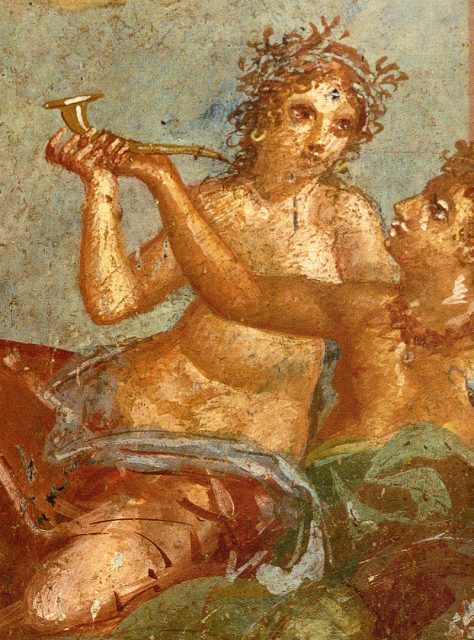
However, the unearthing of more frescoes at the same site has caused considerable excitement among archaeologists and historians. According to The Guardian, the Narcissus fresco is by far the largest and most impressive image discovered in the house to date.
In Greek mythology, Narcissus was the son of the river god Cephissus and the nymph Liriope. He was a beautiful, disdainful youth who spurned the advances of the many women who sought his affections.
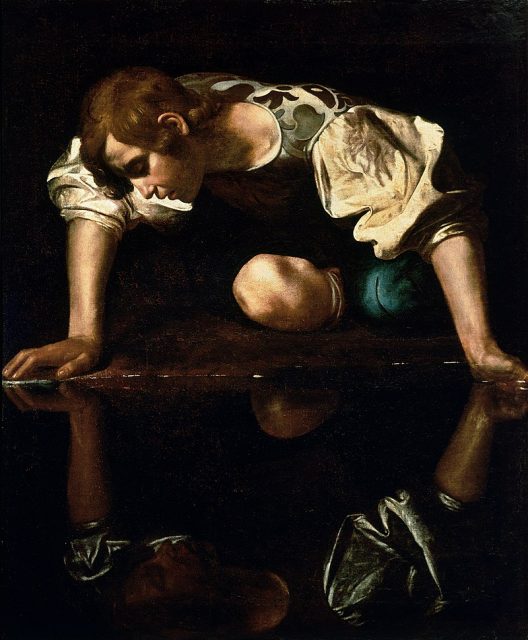
His story is related in Ovid’s Metamorphoses, which describes how Narcissus was followed by a lovesick nymph named Echo. When Narcissus became aware of her presence, he called out to her, but she was doomed only to repeat his cries.
When she finally revealed herself, Narcissus rejected her cruelly, and she ended her life in grief and heartbreak, literally fading to an echo of her former self.
Related Video: The frozen in time citizens of Pompeii
https://youtu.be/kGiLmkK0qTA
According to Ovid, the goddess Nemesis decided to punish Narcissus for his cruel treatment of Echo, and lured him to a pond where he caught sight of his reflection. Struck by his own beauty, he immediately fell in love and remained transfixed by the image in the pool.

However, struck by the realization that his love was futile, he fell into deep despair, and according to some versions of the tale, committed suicide. Other versions report that he was consumed by the fire of his own passion and transformed into a gold and white flower, known today as narcissus, or more commonly, the daffodil.
According to The New York Times, the fresco discovered in Pompeii depicts the youthful Narcissus next to a pond, apparently transfixed by his own reflection. He is accompanied by a dog, which is trying in vain to pull him from his own reflection, and a winged figure, possibly the Greek of love, Eros.
Narcissus was a popular choice among elite Romans seeking to decorate their homes with rich, beautiful frescoes. In the recently excavated house at Pompeii, the Narcissus fresco sits alongside a number of other images depicting scenes from Greek mythology.
So far, archaeologists have uncovered pictures of satyrs, cupids and maenads, which seem to point to a Dionysian theme of revelry.

Indeed, Massimo Osanna, Director General of the site at Pompeii, commented that these rich decorations were “pervaded by the theme of the joy of living, of beauty and of vanity”, according to the New York Times.
Other artifacts found at the site, including containers for wine and consumable goods, suggest that this was a home designed for entertaining, and probably belonged to a wealthy patron.
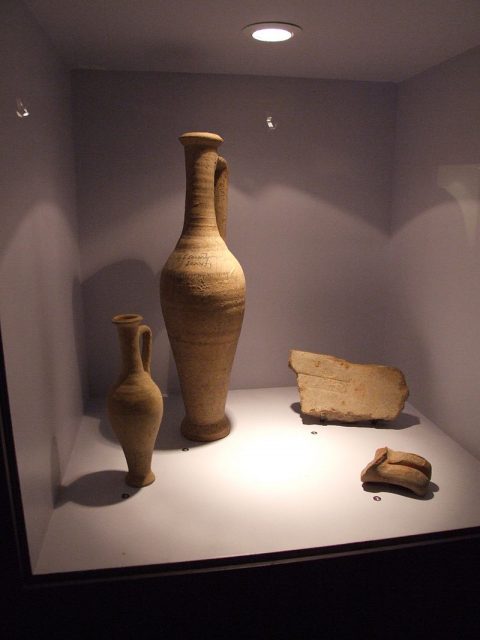
These latest discoveries have caused the site directors to change their plans for the house. They now plan to continue the excavations and open part of the site to the public, allowing them to admire these beautiful paintings in situ.
Read another story from us: The Mysteries and Meanings Behind 6 Fascinating Sculptures
The frescoes are also an important reminder that, despite long years of exploration and excavation at Pompeii, this rich archaeological site still holds many secrets yet to be revealed.
